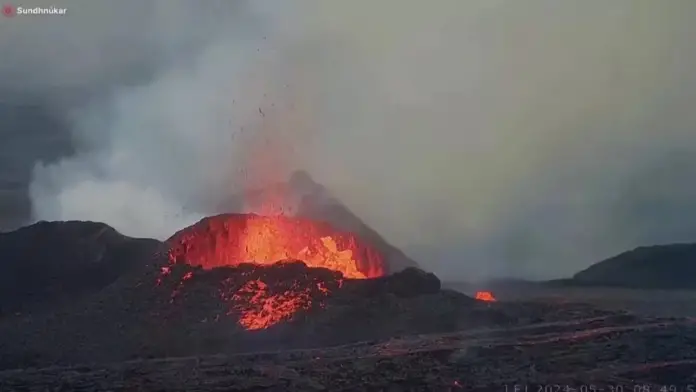It is estimated that the possible location of this new colossus is in the area belonging to the municipalities of Tlalpan, Xochimilco and Milpa Alta
:quality(85)/cloudfront-us-east-1.images.arcpublishing.com/infobae/ITDGW3SDOVGE7JKTGESODKKGLY.jpg)
Mexico is home to some of the most impressive and active volcanoes in the world, making it an important epicenter of study for volcanologists. Located along the Pacific Ring of Fire, these colossi are not only part of the natural landscape, but also influence the daily life of nearby communities due to their destructive potential and impact on the environment.
Now, not only will Popocatépetl be the active volcano found in the surroundings of the Mexican capital, as a team of scientists from the National Autonomous University of Mexico has identified the possibility of a new volcano forming in Mexico City.
Researchers from the Volcanology Department of the UNAM Institute of Geophysics pointed out that, specifically, in the Chichinautzin volcanic field located in the south of the city, the presence of magma has been detected in the area, suggesting volcanic activity in development.
Some areas of Tlalpan, Xochimilco and Milpa Alta are being studied with new technology developed by the Institution to predict the possible location of the new volcano.
When will the new volcano be born?
Since 2008, carbon dioxide measurements have been carried out in several municipalities, specifically in the southern part of the city. These studies are part of an investigation aimed at identifying the area where the new volcano could emerge, reported UNAM.
The statement from the Maximum House of Studies emphasizes that, despite the geological validity of the possibility of volcanic formation in Mexico City, this phenomenon does not represent an immediate risk. The scientific community highlights that the estimated period provides an extensive margin of time, removing any alarm for the current population.
According to the university, the estimated interval for the appearance of said volcanic formation is between 800 and 1200 years, which eliminates immediate concern for the inhabitants and future generations.
How is a volcano born?
The birth of a volcano begins deep within the earth’s crust, where high temperatures and pressures melt rocks, forming magma. This magma, less dense than the surrounding solid rocks, slowly rises through fissures and cracks in the crust due to internal pressure.
When it reaches the surface, the magma is violently released in the form of lava, gases and ashes, giving rise to the volcanic structure. With each successive eruption, layers of deposited materials accumulate, forming the characteristic cone of the volcano. This process can last thousands of years and will depend on specific geological factors such as the composition of the magma and plate tectonics.
Source: infobae







